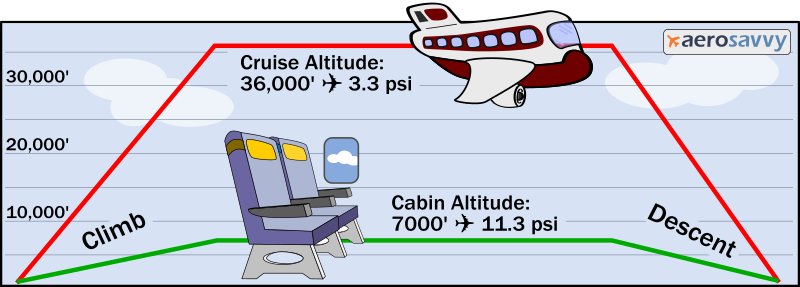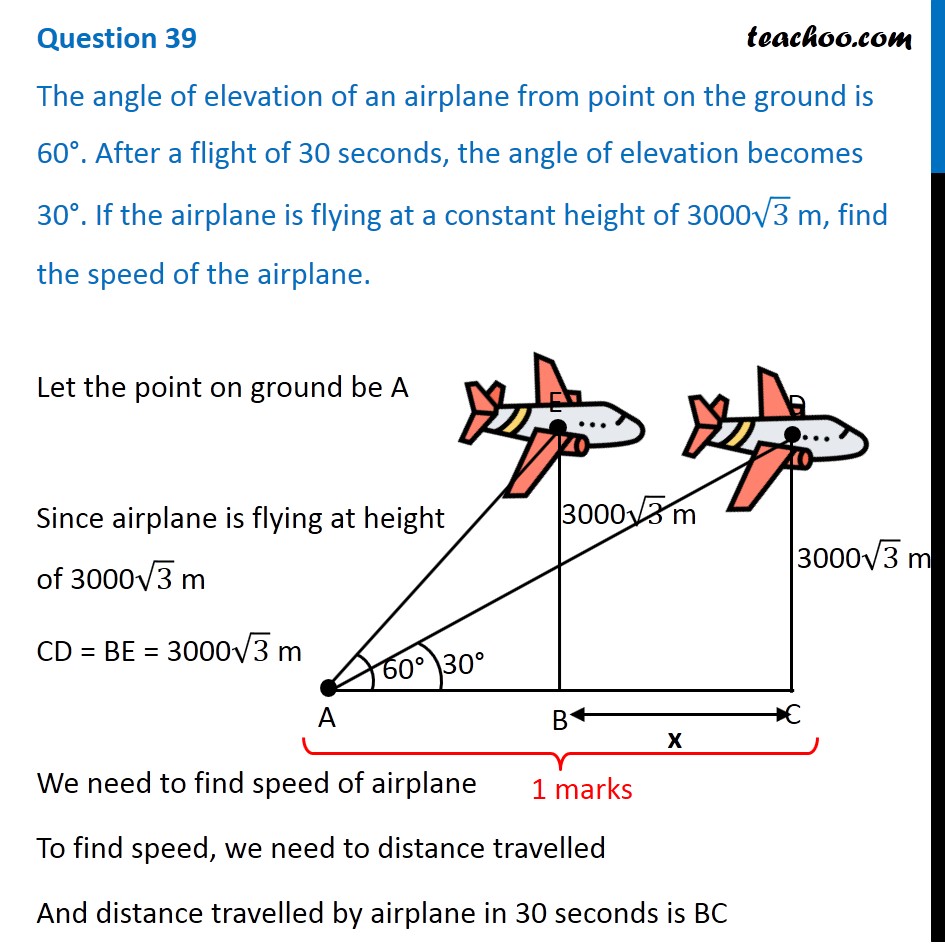Table Of Content

You can see altitudes issued to other flights on flight planning services such as Fltplan.com. Those altitudes are accurate in that they were issued by center computer as an initial clearance. But what about that shorter trip—a couple hundred miles or so—especially if you’re flying near large metropolitan areas? Knowing what cruise altitude works on those routes is a mystery. This is because a heavier aircraft should fly faster to generate the required lift at the most efficient lift coefficient.
Airline Reward Programs
High altitudes are also scenic and offer passengers experiences like no other. Every airplane has its own altitude limitation, usually based on the engine powering it, and pilots have to decide what altitude is best for their mission flexoffers. You might be surprised to learn that all airplanes aren’t able to fly at every altitude. That’s because airplanes have different designs and capabilities for certain flight profiles and missions. This article will explain some of the nuances that determine how high different airplanes fly. It will also outline the highest altitude that some popular airplanes are designed to fly.

What Is the Cessna Cruising Altitude?
What are the cloudy lines behind planes? I was on a NASA flight researching them Cruising Altitude - USA TODAY
What are the cloudy lines behind planes? I was on a NASA flight researching them Cruising Altitude.
Posted: Wed, 08 Nov 2023 08:00:00 GMT [source]
The flight distance will determine the approximate gross weight, which corresponds to an altitude and cruise speed that provide the best efficiency. Here is an example from a virtual 737 handbook, with the values I listed. On 5 September 2011 the government of the Russian Federation issued decree No.743,[18] pertaining to the changes in the rules of use of the country's airspace. The new rules came into force on 17 November 2011, introducing a flight level system similar to the one used in the West. Yes, smaller planes listen to ATIS/ASOS/AWOS or ATC while enroute below 18,000 ft (in the US) and adjust the altimeter setting in the Kollsman window accordingly.
Semicircular/hemispheric rule
This also meant that the aircraft was able to fly above most of the weather, making for quicker, more comfortable flights. There's a lot to consider when you're picking your cruise altitude. But if you're thinking about obstacles, your plane's performance, and the weather and winds along your route, you'll have a smooth flight, and hopefully some happy passengers as well. The benefits of flying at higher altitudes include flying over bad weather, turbulence, and getting to the destination generally faster.
Are My Passengers Going To Hate Me?
Video appearing to show MLB coach inside cockpit of Toronto-bound flight prompts probe - CBC.ca
Video appearing to show MLB coach inside cockpit of Toronto-bound flight prompts probe.
Posted: Sat, 20 Apr 2024 00:08:00 GMT [source]
It is called QNH ("barometric pressure adjusted to sea level"), or "altimeter setting", and the current local value is available from various sources, including air traffic control and the local METAR-issuing station. Because the planes are headed the same way along a track, controllers make use of every available flight level and not the "east is odd, west is even odder" rule above. In addition, airlines will want to maximize winds aloft and the performance efficiencies gained by flying at higher altitudes, where the air is thinner and opposes less resistance, meaning less fuel can be used. Commercial or passenger aircraft are usually designed for optimum performance around their cruise speed (VC) and cruise altitude. Factors affecting optimum cruise speed and altitude include payload, center of gravity, air temperature, and humidity. Cruise altitude is usually where the higher ground speed is balanced against the decrease in engine thrust and efficiency at higher altitudes.
How High Do Airplanes Fly, and Why?
Plus if a plane goes higher, it has to burn more fuel in order to get there. So there has to be a balance, which is the reason for the fairly specific altitudes generally used by airliners. 35,000 feet or thereabouts is the altitude at which fuel efficiency is greatest, while there is still enough oxygen available to power the engines. If you’re flying a short distance, it doesn’t make a lot of sense to spend the majority of your flight in a climb. Air traffic controllers usually give periodic altimeter settings, especially when first contacted during communication hand-offs. Other sources are ATIS, if a tower-controlled airfield is nearby, En-route Flight Advisory Service (EFAS), and automated weather reporting stations such as ASOS and AWOS.
Still, with 57% of travelers in Schulz’s camp, a fair number seem to agree that the middle seat person should get both armrests. I’ve written about airplane etiquette before, and I always thought the rules were pretty obvious, but it turns out, not so. Etiquette depends on a shared understanding of right and wrong, and apparently, we can’t even all agree on airplane armrests. The rule was non-binding upon flights operating under visual flight rules (VFR). I was on the aisle, he was in the middle, and yet his foot was under the seat in front of me.
Different Planes, Different Altitudes
So, the question of why we can’t often get the altitudes we want on shorter trips isn’t a mystery at all. The airspace in many parts of the country is so complex, that an arriving or departing flight a hundred or more miles away matters. To find out what altitude works on a short flight, all I can suggest is trial and error, or maybe ask the controller if the frequency quiets down so you can plan for the next time. It should be noted that every airplane has a certified maximum altitude. During test flights this maximum is exceeded slightly to verify the that airplane remains safe should it have cause to ascend from that limit. The highest certified altitude of an airliner was Concorde’s 60,000 feet.
It is not essential for aircraft to avoid bad weather, but it is a good idea. Commercial airplanes usually fly above the troposphere, which is the part of the atmosphere where weather events usually happen. This is why when you are cruising in an airliner, it is usually bright and sunny, with all the cloud and rain below you. However, a plane’s engines need oxygen in order to function, so flying too high can also cause problems.
Piston engines do not operate well in thin air, and this is one of the reasons why most small planes fly at altitudes of below 15,000 feet. Airlines may have their own performance tables, choosing a custom balance of efficiency and speed. Dispatchers for the airline will take the flight information and decide on a cruising altitude for filing the flight plan, which the pilot will then receive. As you can see, as the aircraft burns fuel and gets lighter, it will be more efficient at higher altitudes. This is the step climb that Peter mentioned, where the aircraft will climb to higher altitudes as the flight progresses when they are cleared by ATC.

You may be amazed to learn that the skin of the aircraft is just 2 mm to 4 mm thick. However, like with all things aviation, there's always a trade-off. A thicker skin would mean that the aircraft could withstand a higher internal pressure. However, the added weight would make the aircraft less efficient. With the design as it is, the aircraft is able to maintain a cabin pressure equivalent to being at 7,000 feet. For comparison, Mexico City sits 7,500 feet above sea level and Denver at about 5,400 feet.
That means for example at 33,000 feet (which pilots and air traffic control will refer to as FL330) or 35,000 feet (FL350) in increments of 2,000 feet. A westbound flight will cruise at even numbered flight levels—say 32,000 feet (FL320) or 34,000 feet (FL340)—again in increments of 2,000 feet. Flight levels are used to ensure safe vertical separation between aircraft, despite natural local variations in atmospheric air pressure. Historically, altitude has been measured using a pressure altimeter, which is essentially a calibrated barometer. An altimeter measures ambient air pressure, which decreases with increasing altitude following the barometric formula.
If you're not talking to ATC, though, you would have to get the local altimeter settings from ATIS, or satellite weather, or some other source. As explained earlier, the limiting factors for airplanes flying higher are restrictions on the engine and airframe. Temperature cools with altitude, and engines can only sustain negative temperatures to a certain limit before they are unable to operate.
The outflow valve is controlled by various onboard computers and controls the amount of air being let out of the aircraft. During the takeoff run, the outflow valve closes, effectively sealing the aircraft. As the flight progresses and the aircraft climbs and descends, the outflow valve opens and closes to maintain the pressure inside the cabin at the required level. The other element, the aircraft fuselage, is built in such a way that it is strong enough to sustain the pressure from the build up of air inside it.
Both non-RVSM and RVSM equipped aircraft use a separation of 4,000 ft above FL 410. On most flights, you need to contend with at least some weather. And mother nature isn't always cooperative when it comes to flying. If you know your feet don’t smell and you know that your feet are going to stay in your bubble and you’re not going to use the whole airplane as an ottoman, then OK, fine,” he said. But he added he always tells people to leave their socks on, “unless there’s a health and safety reason to do otherwise. The MEF is the bold blue altitude, in hundreds of feet MSL, listed in the middle of each quadrant of your sectional.

No comments:
Post a Comment